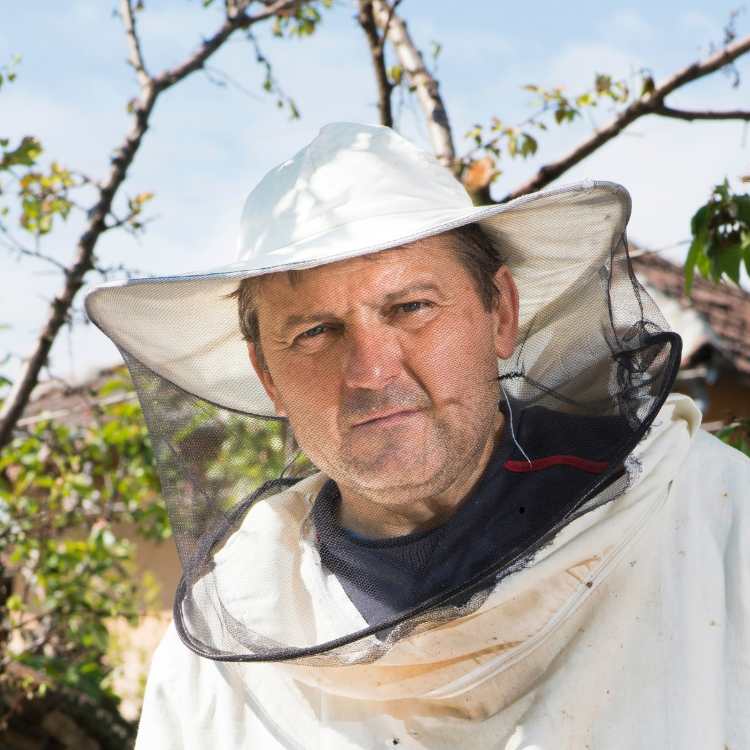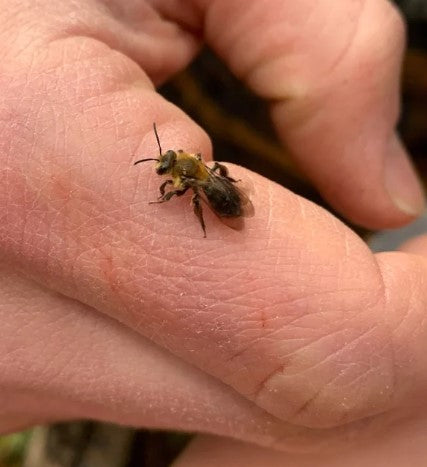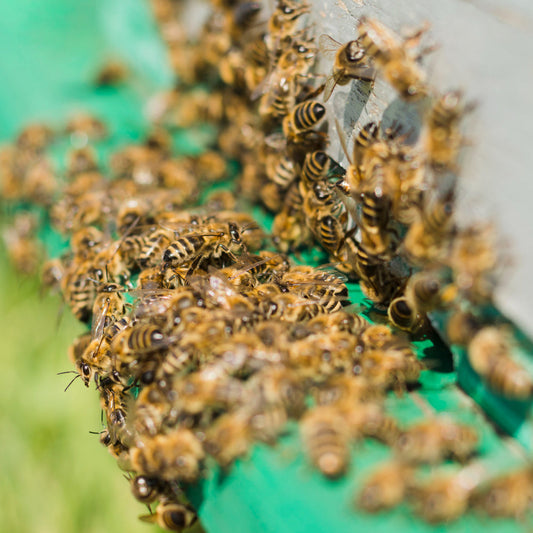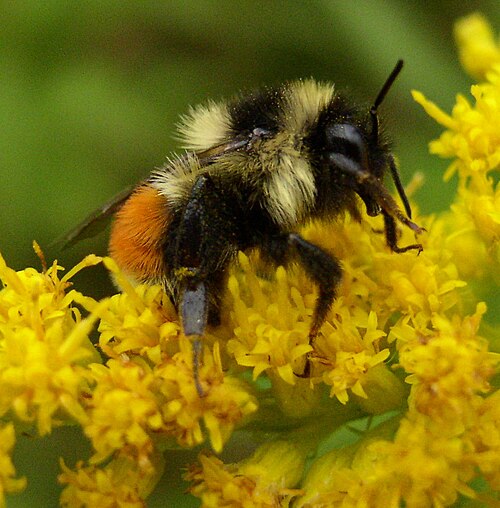Not all pollinators are loud and buzzing across flowers. Some of the most important bee species are absolutely tiny and thus belong to the world of tiny bees. Though small in size, the impact they have on the ecology is massive. With many roles to fill, these tiny bees are living proof that even the smallest creatures hold great power in sustaining biodiversity. Here are some of the common ones that you need to be aware of.
Trigona stingless bees
Trigona form one of the largest groups of stingless bees and are known to occupy tropical regions of South and Central America. This group is known for building intricate nests and adapting in very surprising ways.
- Nests are made from wax and resin and are usually hidden in tree cavities or underground.
- Colonies stay active year-round in warm climates.
- A small group called vulture bees feeds on carrion. This makes them the only bees known to use animal flesh instead of pollen for their protein intake.
- Trigona bees defend their colonies by biting their threats since they lack stingers.
- Their presence supports tropical forest health. This is both as pollinators and as niche specialists.

Dwarf honeybees
Found in Asia’s tropical zones, dwarf honeybees represent another fascinating group of tiny bees. Despite their delicate size, they manage to build exposed nests and maintain coordinated colonies.
- Apis florea (red dwarf honeybee) and Apis andreniformis (black dwarf honeybee) are the two main species.
- Worker bees measure only about 7-10 mm long.
- Their nests are single combs wrapped around small tree branches. These are usually no more than 25 cm wide.
- Colonies form protective bee curtains, layering three or four workers deep over the comb.
- Propolis barriers are placed on branches to prevent ants and other insects from invading.
- Colonies number only a few thousand individuals. When compared, this is significantly smaller than European honeybee hives.

Dwarf honeybee
Melipona Bees
In southeastern Mexico, Mayan culture has long revered Melipona beecheii, locally called Xunaan Kab, or “lady of honey.” These tiny bees still play a very vital ecological and cultural role.
- They are stingless, defending themselves only by biting.
- Colonies live in hollow logs within the forest.
- Instead of combs, they store honey and pollen in wax and resin pots called jobones.
- The honey they produce is known as Mayan Gold. It is prized for its medicinal and ritual value.
- They pollinate 30-40% of local plant species, making them super essential to forest health.
- Habitat loss and competition from European honeybees threaten their survival.

Melipona bee
Why tiny bees are important
Small, but not insignificant. Tiny bees, like the sweat bees and the others mentioned on this list, perform essential ecological functions and hold cultural significance in many regions. Their value comes from their ability to occupy niches larger bees cannot.
- They pollinate plants ignored by other bee species.
- They are able to adapt to a variety of different environments. This can range from exposed branches to forest hollows.
- They sustain traditional cultures. Especially true through unique honey varieties.
- Their diversity strengthens ecosystems. This is done by ensuring multiple layers of pollination.
My closing thoughts on these tiny bees
The story of tiny bees is a very interesting one. It is one of adaptability and resilience. Trigona species remind us that some bees can survive without nectar. Dwarf honeybees show how colonies can flourish in the open air. Melipona carries on ways of the Mayans, finding ways to connect people to pollinators far beyond food production.
Though barely larger than a housefly, tiny bees work tirelessly to keep the forests alive, crops pollinated, and cultural traditions intact. Their small size hides a tremendous impact. A proof once again that nature’s most powerful workers are not always the biggest.
For more fun tidbits from the world of bees, consider following my full blog here.





